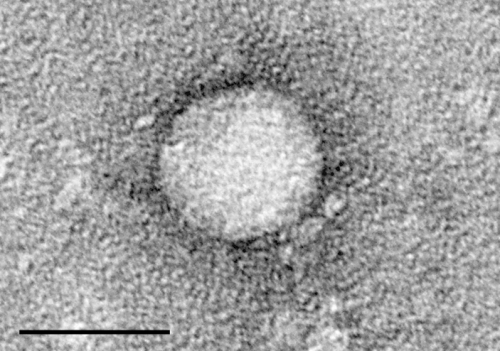Innovative 3D Tissue Model Accelerates Development of Fibrosis Treatments

A novel 3D tissue model developed by Tufts researchers offers a closer look at fibrosis, paving the way for personalized and more effective treatments for scleroderma and other fibrotic diseases.
Researchers from Tufts University and the Geisel School of Medicine at Dartmouth have developed a groundbreaking 3D tissue model that promises to revolutionize the understanding and treatment of fibrosis, a condition characterized by excessive tissue scarring. This innovative model aims to overcome the limitations of traditional lab and animal studies, which often fail to fully replicate the complexity of scleroderma, a rare autoimmune disease that causes tissue stiffening and scarring in organs like the lungs, liver, and kidneys, as well as the skin.
The new 3D model mimics real skin tissue more accurately by growing lab-based skin from patient-derived blood and skin samples into small, pancake-like disks. As senior author Jonathan Garlick of Tufts University explains, 'Under the microscope, you can't tell the key features in our lab-grown skin apart from actual skin.' This advanced replication allows scientists to better investigate how scleroderma progresses differently across individuals and to assess potential treatments more precisely.
What sets this model apart is its inclusion of two critical immune cell types—T cells and macrophages—alongside tissue cells, which are integral to the fibrosis process. This incorporation makes the model highly realistic and capable of revealing how immune responses contribute to collagen overproduction and tissue dysfunction. Additionally, the model maintains the natural diversity of cells present in tissues, unlike traditional flat cultures that tend to produce homogeneous cell populations.
Using this model, scientists can analyze gene activity at the single-cell level to identify the biological pathways involved in disease progression. Such insights are crucial for tailoring personalized treatment approaches and speeding up drug development. Garlick emphasizes that this approach can be adapted beyond scleroderma to other fibrotic diseases like pulmonary and myocardial fibrosis.
Published in "Tissue Engineering: Part C: Methods," the model represents a significant leap forward by accurately reflecting the immune environment and cellular diversity of diseased tissue. It offers a powerful new tool for testing the safety and effectiveness of new drugs, potentially shortening the path from laboratory research to clinical application.
Garlick and his team are committed to collaborative efforts with patient communities, ensuring their research aligns with the needs and experiences of those living with scleroderma. Ultimately, this advanced 3D tissue model could facilitate the development of more effective, personalized therapies, offering new hope to patients affected by this devastating disease.
Stay Updated with Mia's Feed
Get the latest health & wellness insights delivered straight to your inbox.
Related Articles
The Impact of the ACA Preventive Services Mandate on Hepatitis C Treatment and Detection
The future of hepatitis C detection and treatment in the U.S. could be at risk due to the Supreme Court challenge to the ACA's preventive services mandate, potentially impacting millions of Americans' health outcomes and healthcare costs.
Innovative Algae-Based Gel Enhances Breast Cancer Research Capabilities
A groundbreaking algae-derived hydrogel developed by UCSB researchers offers a customizable platform for studying breast tissue development and cancer progression, with potential applications in regenerative medicine.



